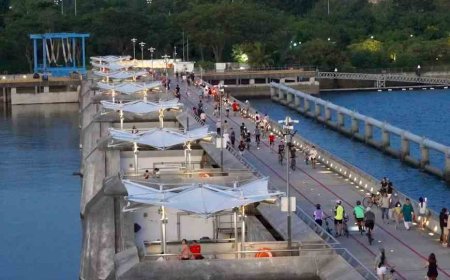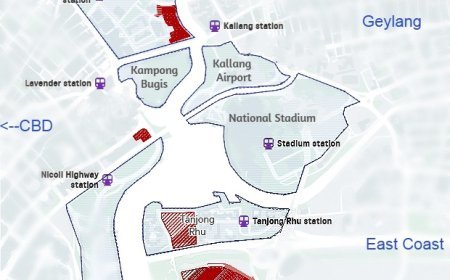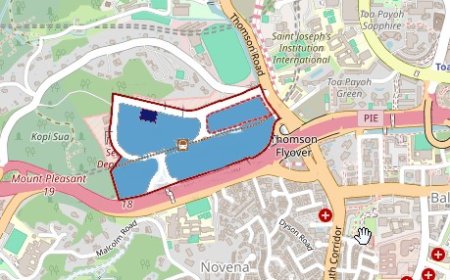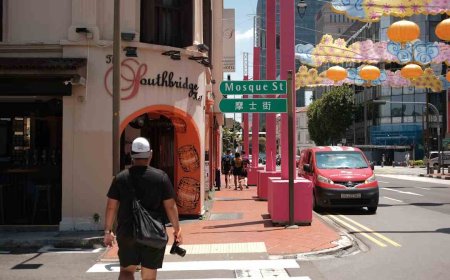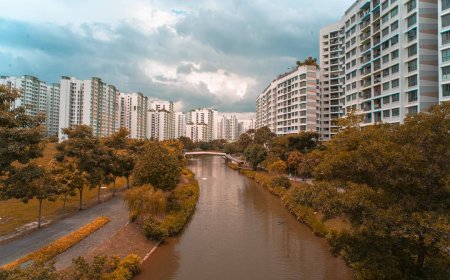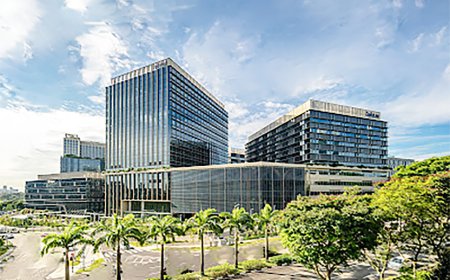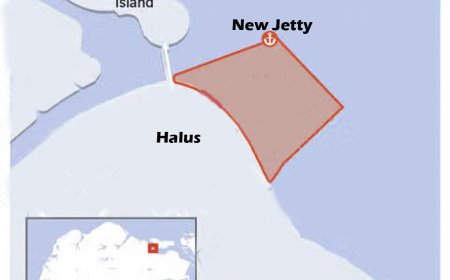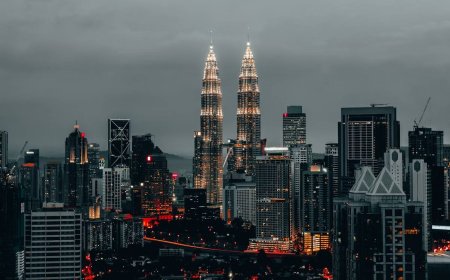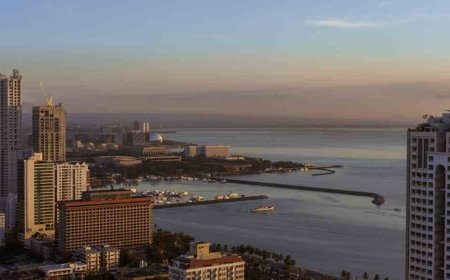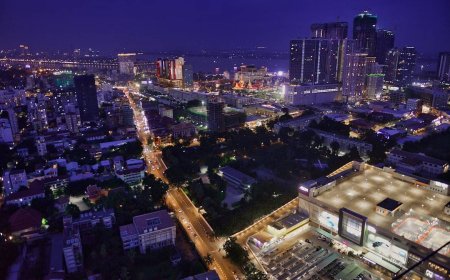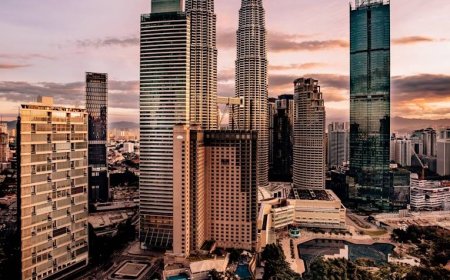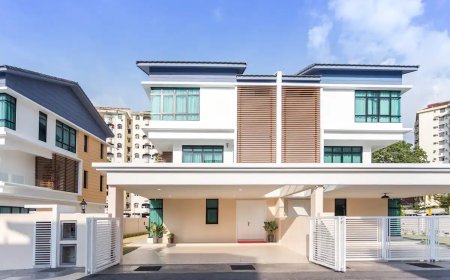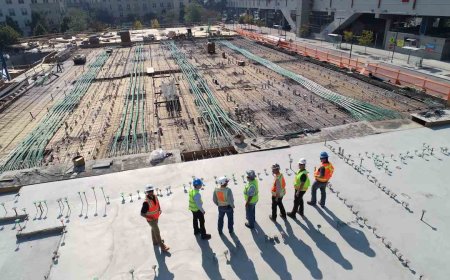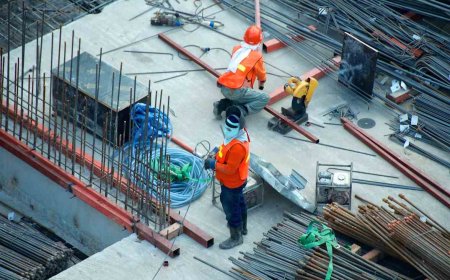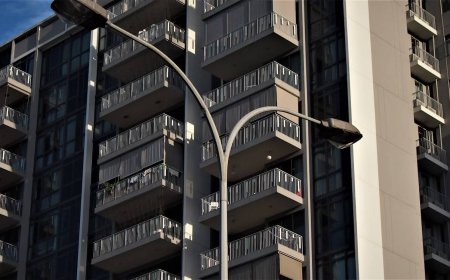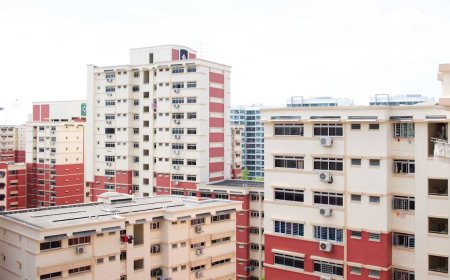Coastal Barriers in Singapore: Safeguarding Shores from Extreme Sea Levels
Explore Singapore’s upcoming coastal barrier plans—how moveable storm-surge gates work, the Dutch precedents, ecological trade-offs, and urban planning insights. Learn which areas in Singapore stand to benefit most and what best practices are needed for resilient coastal protection.
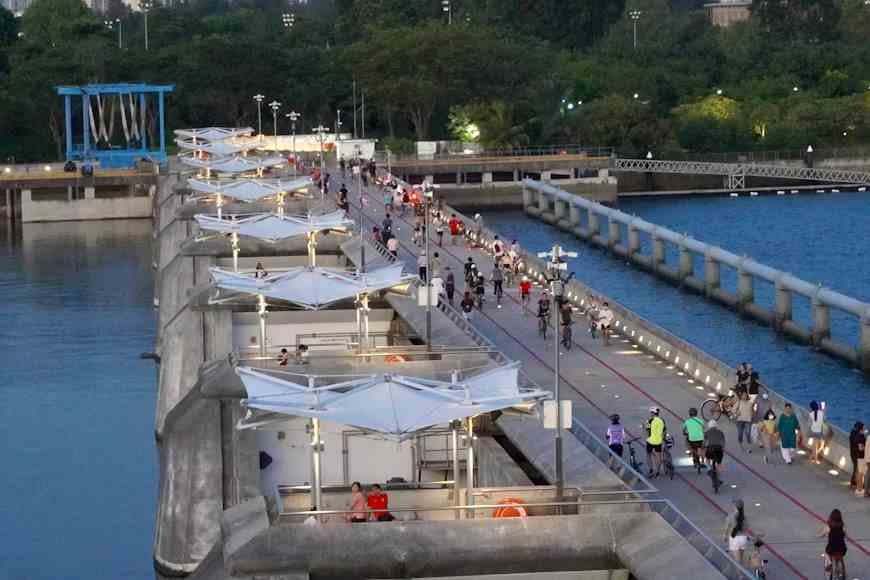
Introduction
As Singapore prepares for the climate challenges of the coming decades, the national water agency PUB has unveiled plans to build coastal barriers—innovative, moveable structures that can close off portions of the coast to protect against storm surges and rising sea levels. These arm-like gates, a Dutch engineering innovation, are scheduled to begin deployment from the 2030s along Singapore’s southern coastline.
This article explores how these coastal barriers work, their advantages and limitations, environmental considerations, and how similar systems have performed globally. It also assesses which real estate areas are most likely to benefit from the implementation of such infrastructure in Singapore.
How Coastal Barriers Work: Mechanisms and Operations
-
Design and Operation
Coastal barriers are movable gates or sluices installed across a waterway. Under normal conditions, they remain open, allowing tides, marine traffic, and water exchange to continue freely. During storm surges or extreme sea-level events, the gates close to block the incoming surge and protect inland areas.For example, the Dutch Maeslant Barrier near Rotterdam is designed to close automatically when water levels are projected to rise significantly. The closing procedure typically takes about two hours, after which the gates remain in position until the surge has passed.
-
Advance Warning and Vessel Management
Timely alerts are critical. Authorities must notify marine traffic in advance—often 12 hours or more—to give vessels time to exit ports or move into safe locations. Once the barrier begins to close, shipping is halted, and port access is restricted. -
Frequency of Use
-
Some surge gates are seldom used. The Maeslant Barrier has historically been closed only a few times since its completion in 1997.
-
However, climate change and rising sea levels may increase the frequency of extreme events, meaning Singapore’s barriers might need to close more often in future decades.
-
In Singapore, storm surges could raise sea levels by 3 to 4 metres above average, making closures necessary to prevent flooding.
-
-
Multi-Use Potential
Beyond flood protection, coastal barriers can serve secondary purposes:-
As causeways or bridges connecting landmasses.
-
As educational or observation sites, similar to Marina Barrage.
-
As tourism and recreational attractions, enhancing public awareness of coastal resilience.
-
Singapore’s Coastal Barrier Plans
Singapore has proposed three primary coastal barriers in the Greater Southern Waterfront area:
-
Mainland Singapore → Pulau Brani
-
Pulau Brani → North-west Sentosa
-
Western Sentosa → Singapore Mainland
These barriers are intended to close during severe storm surges, which in Singapore could last 3 to 5 days. When forecasts predict sea-level rise above safe thresholds, the gates would remain closed for the event’s duration.
Studies are also being conducted on barrier deployment near Singapore’s south-western coastline—covering Jurong Island, Pasir Panjang Terminal, and Tuas shipyards—as well as exploring the integration of barriers into Long Island, a proposed reclamation project off East Coast.
Environmental and Ecological Considerations
While coastal barriers offer strong protection against storm surge, they can also come with environmental trade-offs:
| Factor | Potential Impacts | Mitigation or Response |
|---|---|---|
| Sediment transport disruption | Reduced replenishment of sand and mudflats; erosion of tidal flats. | Periodic sand nourishment and adaptive designs that allow tidal flow. |
| Loss of wetland and intertidal habitats | Habitat loss or alteration, affecting biodiversity. | Semi-open barrier designs and long-term ecological monitoring. |
| Aquatic species migration | Barriers may block fish and marine life movement during closures. | Fish passages, seasonal openings, and ecological corridors. |
| Water quality and salinity changes | Altered salinity impacting aquaculture and marine ecosystems. | Controlled tidal exchange and water flow management. |
| Closure frequency under sea-level rise | More frequent closures may intensify ecological disruption. | Adaptive operational planning and environmental safeguards. |
Benefits and Strategic Advantages
-
Protection against storm surges and sea-level rise
Shields vulnerable coastal areas, residential zones, and critical infrastructure. -
Preservation of shipping operations under normal conditions
Unlike permanent dams, barriers remain open, allowing ports to function daily. -
Flexibility and adaptability
Operates dynamically, closing only when forecasts predict extreme events. -
Multi-functional usage
Can double as bridges, recreational spots, or educational facilities. -
Cost-efficiency in strategic zones
Offers protection without requiring endless kilometres of permanent seawalls.
Singapore-Specific Considerations
-
Storm Surge Duration: Singapore may require closures lasting several days.
-
Marine Traffic: Singapore’s global port traffic means closures must be carefully timed.
-
Reclamation Projects: Long Island and Greater Southern Waterfront developments stand to gain long-term flood resilience.
-
Ecology: Sensitive habitats like Berlayer Creek mangroves and Tanjong Rimau reefs require protection.
-
Integrated Planning: Coastal barriers must align with urban growth, transport planning, and environmental safeguards.
Real Estate Areas Likely to Benefit
-
Greater Southern Waterfront: Marina Bay, Tanjong Pagar, Keppel, and Sentosa developments.
-
Sentosa and Pulau Brani: Resorts, integrated developments, and reclaimed land.
-
East Coast (Long Island Project): Future reclaimed tracts for housing and recreation.
-
Industrial zones: Pasir Panjang, Jurong Island, and Tuas shipyards.
-
Public infrastructure: Roads, parks, and transit systems along Singapore’s shoreline.
Tips for Effective Barrier Planning
-
Model storm surge patterns with advanced forecasting.
-
Establish early warning protocols for vessel evacuation.
-
Design with ecological continuity in mind.
-
Monitor sediment movement and replenish shorelines as needed.
-
Build adaptable systems that can evolve with climate change.
-
Engage public education and awareness initiatives.
-
Combine with urban infrastructure such as causeways and bridges.
-
Conduct thorough Environmental Impact Assessments (EIA).
-
Coordinate with reclamation and urban growth projects.
-
Maintain strict operational reliability and gate functionality.
Comparison: Barrier Systems vs Permanent Coastal Defences
| Feature | Moveable Coastal Barrier | Permanent Coastal Defences |
|---|---|---|
| Tidal flow disruption | Minimal (open under normal conditions) | Continuous disruption |
| Shipping impact | Limited to closure periods | May permanently restrict access |
| Flexibility | High—can open and close | Low—fixed structure |
| Ecological impact | Intermittent, mitigatable | Continuous, often severe |
| Multi-use potential | High (causeways, parks, bridges) | Low |
| Suitability for reclamation | Excellent | Limited |
| Risk profile | Operational failure risk | Overtopping or breach risk |
Key Takeaways
-
Coastal barriers are dynamic, flexible, and capable of protecting against extreme weather while supporting Singapore’s port activities and urban expansion.
-
Lessons from Dutch barriers highlight the importance of balancing flood defence with ecological sustainability.
-
Multi-use and adaptive designs will maximize benefits for urban development, tourism, and education.
-
Real estate near the southern coast, East Coast, and reclaimed zones will be the biggest beneficiaries of Singapore’s coastal barrier strategy.
Algene Toh
Disclaimer: The information presented on BSR2.com is intended for general informational purposes only. It does not constitute legal, financial, investment, or real estate advice and should not be relied upon as such. While every effort has been made to ensure the accuracy, reliability, and completeness of the content at the time of publication, all data is derived from publicly available sources and may be subject to change without notice. BSR2.com makes no representations or warranties of any kind, express or implied, regarding the suitability, timeliness, or accuracy of the information provided for any specific purpose. Users are strongly encouraged to seek independent advice from qualified professionals before making any decisions based on the content found on this website. BSR2.com shall not be held liable for any loss, damage, or consequence, whether direct or indirect, arising from the use of or reliance on the information provided. The content is intended as a general guide and does not take into account individual circumstances.
What's Your Reaction?
 Like
1
Like
1
 Dislike
0
Dislike
0
 Love
0
Love
0
 Funny
0
Funny
0
 Angry
0
Angry
0
 Sad
0
Sad
0
 Wow
0
Wow
0
